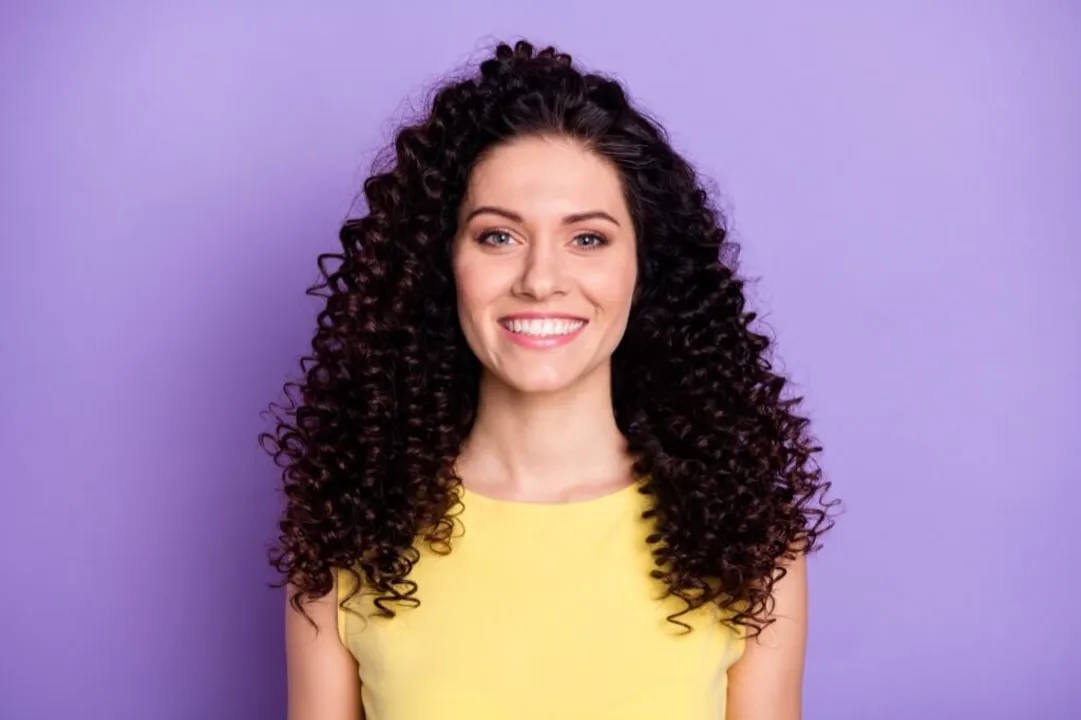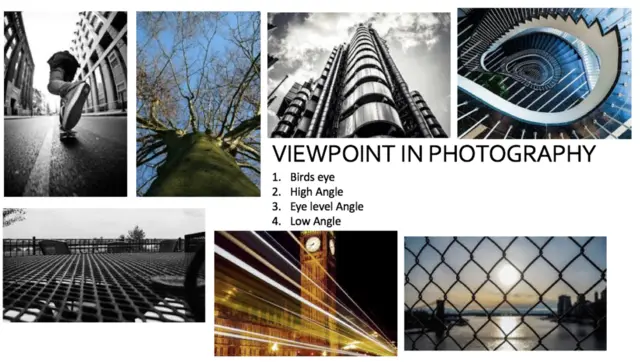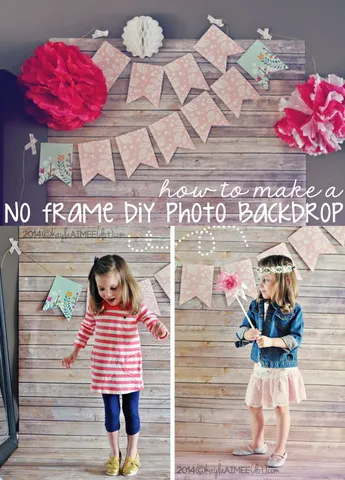Understanding the Importance of Backdrop Colors in Portraits
As a portrait photographer, I've learned that the backdrop color can have a significant impact on the overall look and feel of a portrait. A well-chosen backdrop color can enhance the subject's features, create a specific mood, or add depth to the image. In this article, we will explore some of the most popular backdrop colors for portraits and discuss the benefits and drawbacks of each. So, let's dive in and find out which color backdrop is the best for portraits!
Classic Black: Timeless Elegance and Sophistication
Black backdrops have been a staple in portrait photography for years, and it's easy to see why. A black backdrop creates a timeless and elegant look that allows the subject to stand out. The absence of color helps to draw the viewer's attention to the subject, making their features pop. Additionally, a black backdrop can create a dramatic and moody atmosphere, perfect for powerful and emotional portraits.
However, using a black backdrop can also present some challenges. It can be difficult to create separation between the subject and the background, especially if they have dark hair or clothing. In these cases, using lighting techniques like rim lighting or backlighting can help to create that necessary separation. Overall, a black backdrop is an excellent choice for portraits that require a touch of sophistication and drama.
Classic White: Clean, Bright, and Versatile
Another popular choice for portrait backdrops is classic white. A white backdrop creates a clean, bright, and airy look that is perfect for many different types of portraits. White backdrops work well for corporate headshots, family photos, and even high-key fashion photography. The simplicity of a white background allows the subject's features and expressions to take center stage, without any distractions.
Despite its versatility, a white backdrop can also present some challenges. It is crucial to ensure that the subject is not overexposed, as this can cause them to blend into the white background. Additionally, white backdrops can sometimes appear dull or flat, so it's essential to use lighting techniques to add depth and dimension to the image. Overall, a white backdrop is a versatile and classic choice that works well for many different portrait styles.
Neutral Gray: A Subtle and Flexible Option
For photographers looking for a more subtle and flexible backdrop color, neutral gray is an excellent choice. A gray backdrop allows for easy color grading in post-processing, giving you the freedom to create a wide range of looks and moods. Gray backdrops also provide a natural and understated background that doesn't compete with the subject for attention.
One of the main benefits of using a gray backdrop is its ability to adapt to different lighting situations. By adjusting the lighting, you can create a darker, more dramatic look or a lighter, more high-key effect. This makes a gray backdrop an incredibly versatile choice for portrait photographers. In short, a neutral gray backdrop is a fantastic option for those who want a subtle and adaptable background for their portraits.
Bold and Vibrant Colors: Making a Statement
For portrait photographers who want to make a bold statement, using a vibrant and colorful backdrop can be an excellent choice. Colors like red, blue, green, or yellow can add energy and excitement to a portrait, helping to create a specific mood or atmosphere. When choosing a bold backdrop color, it's essential to consider the subject's skin tone, clothing, and the overall style of the portrait.
However, using a vibrant backdrop can also present some challenges. Bold colors can sometimes be distracting or overpowering, taking attention away from the subject. To avoid this, it's crucial to balance the backdrop color with the subject's appearance and the lighting in the scene. Overall, a bold and vibrant backdrop is an excellent choice for photographers looking to create a unique and eye-catching portrait.
Using Textured Backdrops for Added Depth and Interest
Another option for portrait backdrops is to use a textured material, like fabric, wood, or even a painted canvas. Textured backdrops can add depth and interest to a portrait, giving it a more artistic and unique feel. When choosing a textured backdrop, consider how the texture and color will work with the subject and the overall style of the portrait.
Textured backdrops can also help to create a more dynamic and three-dimensional look in a portrait, as the texture interacts with the lighting in interesting ways. However, it's essential to ensure that the texture doesn't become too distracting or overpowering. By carefully selecting and lighting a textured backdrop, you can create a stunning and engaging portrait that stands out from the rest.
In conclusion, the best color backdrop for portraits depends on the desired mood, style, and subject of the portrait. Whether you choose a classic black or white backdrop, a neutral gray, a bold and vibrant color, or a textured material, each option has its benefits and challenges. By considering the factors discussed in this article, you can make an informed decision and find the perfect backdrop color for your next portrait session.


